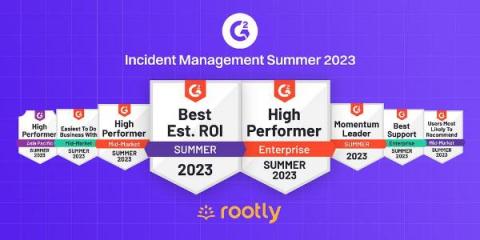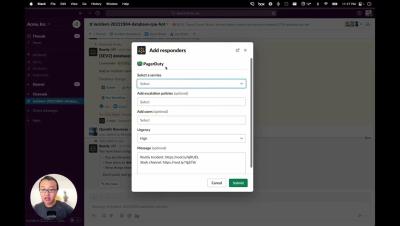Celebrating Our Nine New G2 Awards
We’re proud to share that we've been recognized as a High Performer and Enterprise Leader in Incident Management for the sixth consecutive quarter in the G2 Summer 2023 Report! In total, Rootly received nine G2 awards in the Summer Report.










